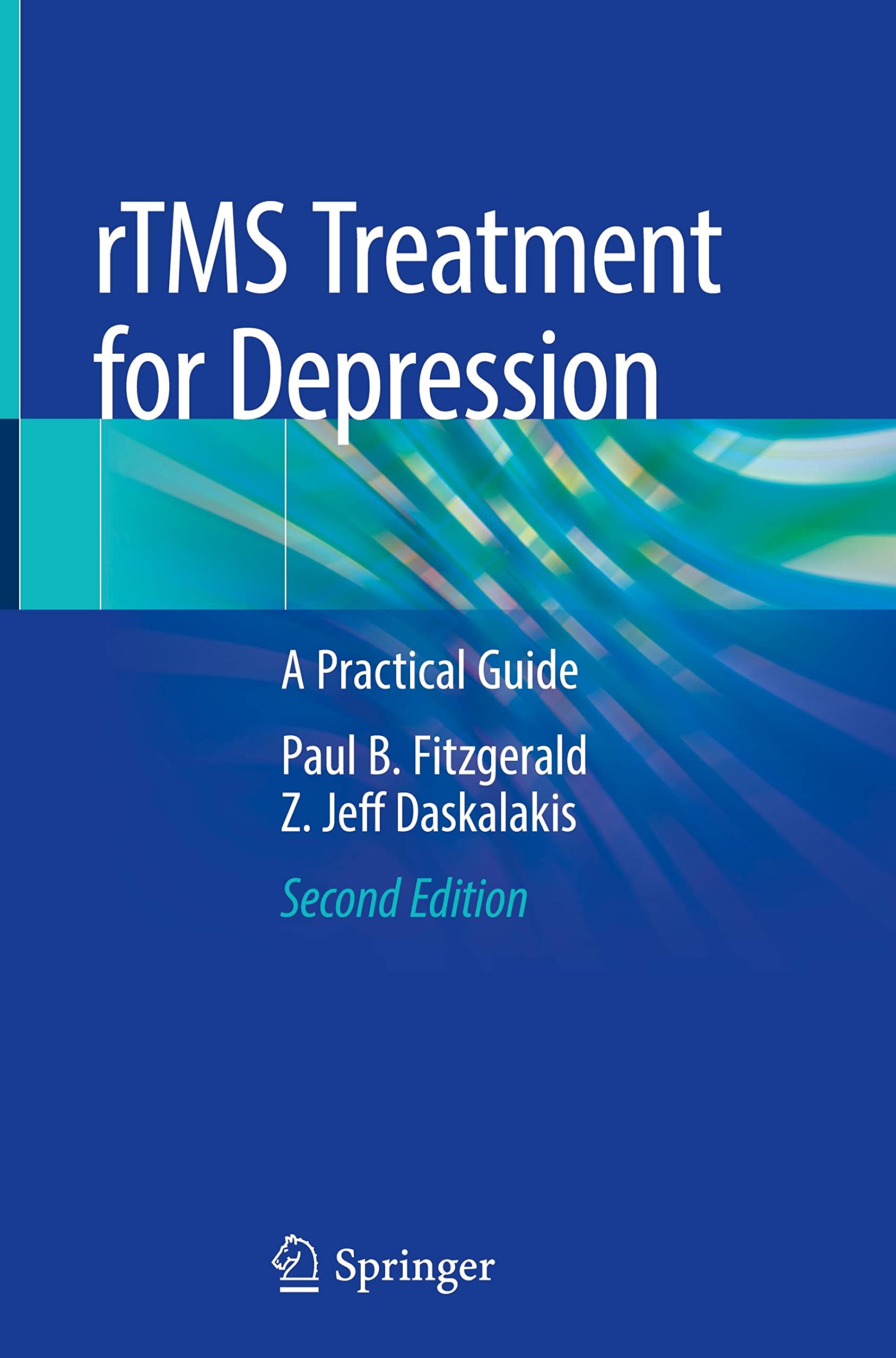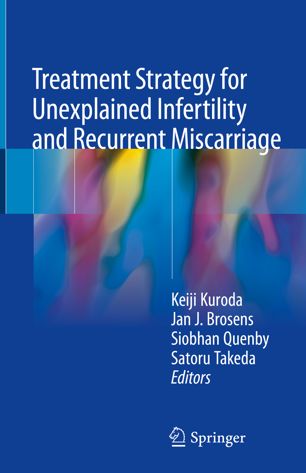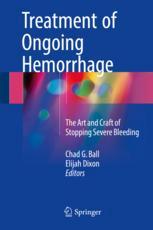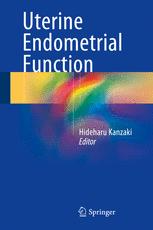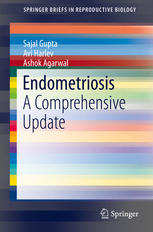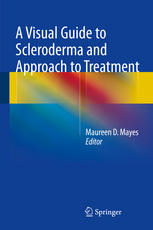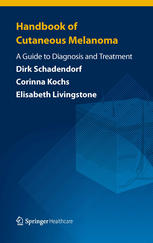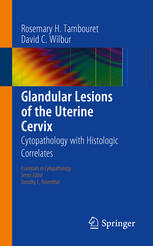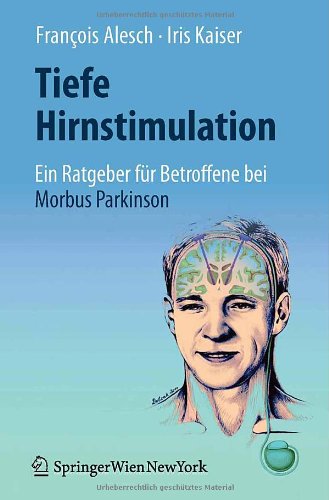رویکرد چند رشته ای به نوروفیبروماتوز نوع 1 ۲۰۲۰
Multidisciplinary Approach to Neurofibromatosis Type 1 2020
دانلود کتاب رویکرد چند رشته ای به نوروفیبروماتوز نوع 1 ۲۰۲۰ (Multidisciplinary Approach to Neurofibromatosis Type 1 2020) با لینک مستقیم و فرمت pdf (پی دی اف)
| نویسنده |
Eric Legius, Gianluca Tadini, Hilde Brems |
|---|
| تعداد صفحهها |
313 |
|---|---|
| نوع فایل |
epub |
| حجم |
41 Mb |
| سال انتشار |
2020 |
89,000 تومان
معرفی کتاب رویکرد چند رشته ای به نوروفیبروماتوز نوع 1 ۲۰۲۰
این جلد به روزرسانی علائم بالینی، معیارهای تشخیصی (از جمله تشخیص مولکولی)، و درمان های هدفمند برای نوع خاصی از درماتوز ژنتیکی را ارائه می کند و ابزاری مفید و منحصربه فرد برای تشخیص زودهنگام ارائه می دهد. در سال های اخیر، درک ما از سندروم های پوستی و عصبی پوستی افزایش یافته است، اما اگرچه نوروفیبروماتوز نوع 1 (NF1) شایع ترین اختلال عصبی پوستی است و تعداد زیادی از بیماران و متخصصان پزشکی را درگیر می کند، این سندرم همچنان دست کم گرفته می شود. به تشخیص های نادرست رفتار. ادبیات مربوط به جنبه های مولکولی و بیماری زای فراوان است، اما روش های بالینی، طبقه بندی، معیارهای تشخیصی و پروتکل های درمانی کنونی قدیمی هستند که در تشخیص و درمان زودهنگام مشکلاتی ایجاد می کند. به این ترتیب، یک فصل به اصلاح معیارهای تشخیصی موجود اختصاص داده شده است. شامل داده های بالینی و مولکولی، برای ارائه مبنای بحث و گفتگوی مناسب و به روز برای یک کنفرانس اجماع.
NF1 یک اختلال “وابسته به زمان” است، به این معنی که شروع علائم بالینی با سن بیمار ارتباط نزدیکی دارد و این جنبه به خصوص نادیده گرفته شده به طور گسترده توسط برای آخرین تکنیک های تشخیص مولکولی، که در معیارهای تشخیصی گنجانده نشده اند. همچنین نقش مسیر RAS-MAPK و ارتباط بین ژنوتیپ و فنوتیپ را توضیح می دهد.
علاوه بر این، مفاهیم جدیدی در مورد پاتوژنز نوروفیبروم ها و سایر گلیوماها و ارتباط آنها با یک رویکرد درمانی جدید با داروهای مولکولی هدفمند، و همچنین جنبه های تازه کشف شده NF1 را بررسی می کند. در تمام اندام های داخلی، همراه با همتایان تشخیصی خود. فصلی در مورد نوروفیبروماتوز موزاییکی نیز گنجانده شده است. تمرکز ویژه ای بر تشخیص افتراقی (یعنی سایر بیماری های متاثر از کافه آو لایت یا لکه های شیری) وجود دارد، و پروفسور اریک لژیوس سندرم لژیوس را که اخیراً توضیح داده شده است، ارائه خواهد کرد.
همه فصل ها به راحتی قابل درک، به روز، جامع و مختصر هستند و برای طیف گسترده ای از متخصصان درگیر در اختلالات ژنتیکی پوست و بیماری های عصبی درماتولوژیک در نظر گرفته شده اند: متخصصان پوست. ، متخصصان اطفال، متخصصان مغز و اعصاب، انکولوژیست ها و پزشکان عمومی.
This volume offers an update of the clinical signs, diagnostic criteria (including molecular diagnosis) and targeted therapies for a particular type of genodermatosis, providing a handy and unique tool for early diagnosis. In recent years, our understanding of genodermatosis and neurocutaneous syndromes has increased, but although Type 1 Neurofibromatosis (NF1) is the most common neuroectodermal disorder and involves a large number of patients and medical disciplines, this syndrome remains underestimated, often misdiagnosed thus leading to inaccurate treatment. The literature on the molecular and pathogenetic aspects is ample, but current clinical approaches, classification, diagnostic criteria and treatment protocols are outdated, creating difficulties in early diagnosis and treatment. As such, a chapter is devoted renewing current diagnostic criteria; it includes clinical and molecular data, to offer a sound, updated discussion basis for a consensus conference.
NF1 is a “time-dependent” disorder, meaning that the onset of clinical signs are closely linked to patient age and the book discusses this particularly neglected aspect extensively, as well as the latest molecular diagnosis techniques, which are highly sensitive have not been included in the diagnostic criteria. It also explains the role of the RAS-MAPK pathway and genotype-phenotype correlations.
In addition it explores new concepts concerning the pathogenesis of neurofibromas and other hamarthomas and their relevance for a modern therapeutical approach with targeted molecular drugs, as well as newly discovered aspects of NF1 in all internal organs, together with their diagnostic counterparts. A chapter on mosaic neurofibromatosis is also included. There is a particular focus on differential diagnosis (i.e. other diseases with café-au-lait macules), and the recently described Legius syndrome will be presented directly by Prof Eric Legius.
All chapters are easy-to-understand, up-to-date, comprehensive and concise tools and are intended for a wide range of professionals involved with genetic disorders of the skin and neurocutaneous diseases: dermatologists, pediatricians, neurologists, oncologists and general practitioners.


